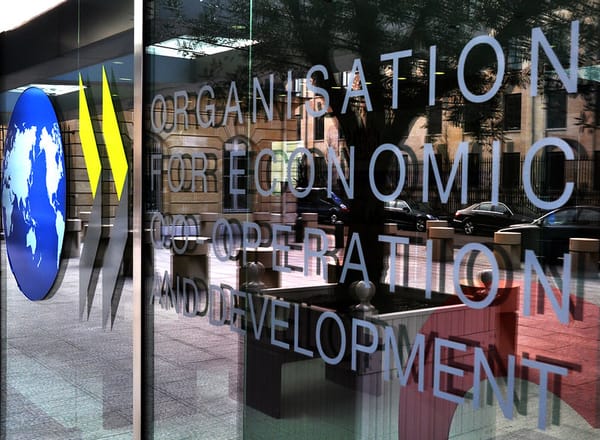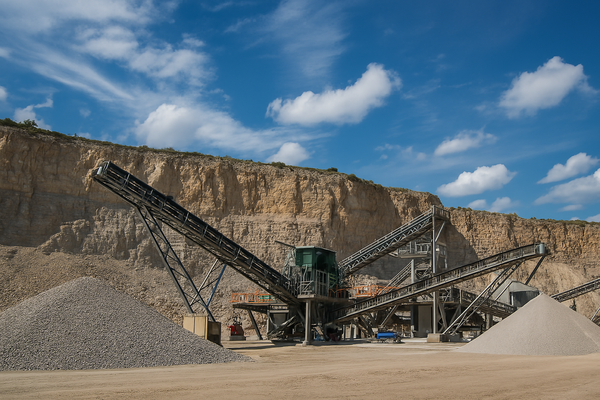
CEE ups R&D spending over last decade
Every country in Central and Eastern Europe (CEE) has increased its research and development (R&D) intensity over the last decade, according to EU statistics agency Eurostat. Poland and Czechia were the regional frontrunners from 2010-20, as they both increased intensity – i.e. R&D expenditure as a percentage of GDP – by 0.7 percentage points, to 1.4% and 2% respectively.
In 2020, 24 of the EU-27 increased R&D intensity. Austria was third in the whole EU, as it spent 3.2% of GDP on R&D, just behind Belgium and Sweden (3.5%) and ahead of Germany (3.1%).
In the CEE region, Slovenia was second, with 2.2% intensity, followed by Czechia with 2%, Estonia (1.8%) and Hungary (1.6%). The middle group for last year comprised Poland (1.4%), Croatia (1.3%) and Lithuania (1.2%). The laggards, with R&D intensity below 1% in 2020 were Bulgaria (0.9%), Slovakia (0.9%) and Latvia (0.7%).

The business enterprise sector accounts for 66% of R&D expenditure, followed by higher education (22%), government (12%) and the private non-profit sector (1%). R&D is a major driver of innovation, and R&D expenditure and intensity are two of the key indicators used to monitor resources devoted to science and technology worldwide, according to Eurostat.





